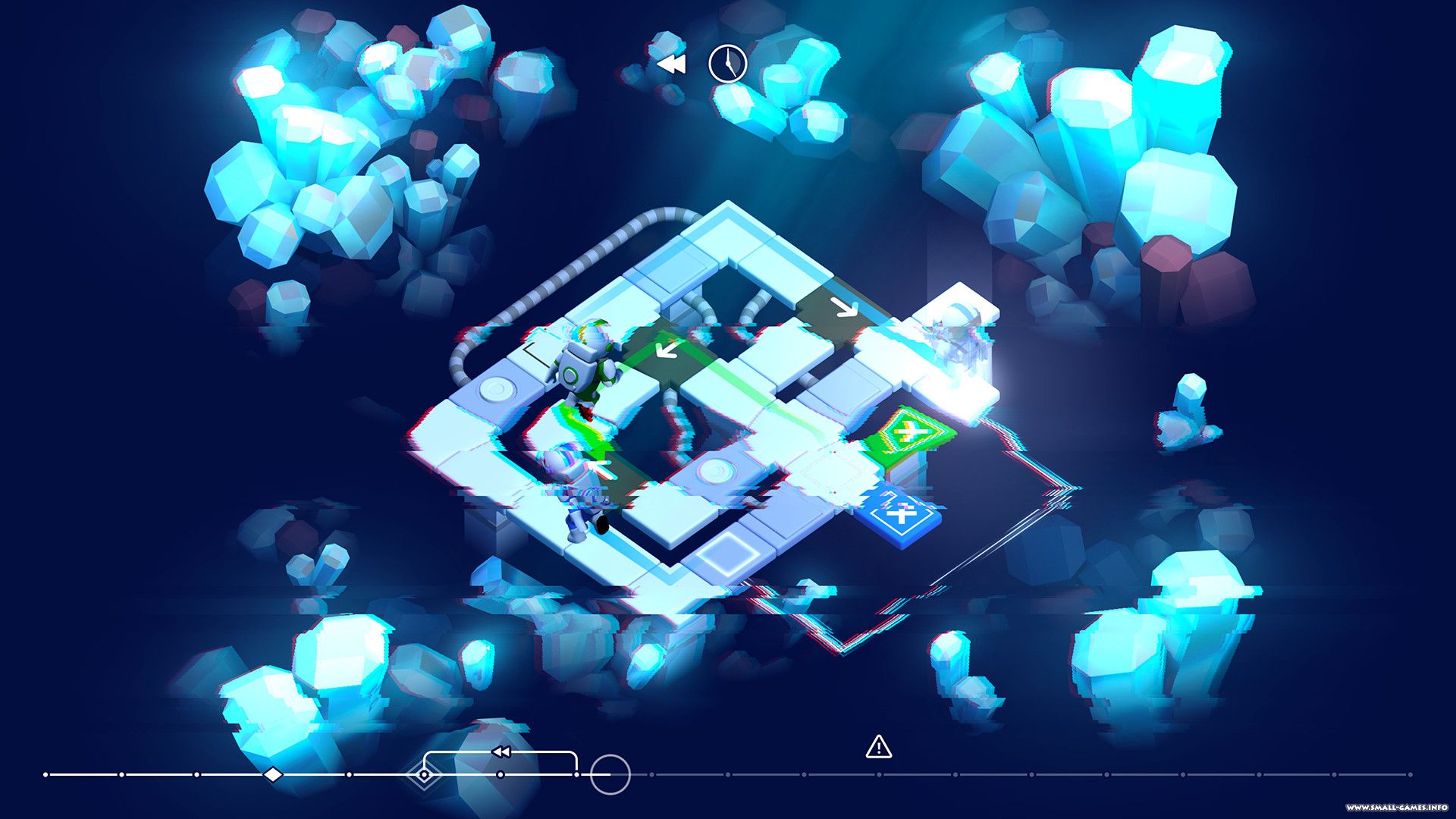

The rules are there to tell the players what is and is not possible in the game-world. If there’s any flaw, it’s in the players’ improper grasp of the way the game-world operates and their invalid attempt to apply ordinary ideas of cause and effect or probability imported from our world into the game. In the second view, the rules are in effect the physics of the game-world, and it’s impossible for them to yield a result that doesn’t “make sense” in the game-world. It’s taken for granted that the rules are only approximations, and they need not be consulted if the results are obvious to all the players (or perhaps just obvious to the GM), and they need to be overruled whenever they yield a result that doesn’t make sense in terms of the game world. They’re there to make adjudication more consistent, predictable, or speedier, but they’re intended to be sacrificed whenever they don’t accomplish those goals. In the first view, game-world effects have game-world causes, and the rules are just a model or approximation of the factors and chain of events from cause to effect within the game-world. Either game rules attempt to describe a game-world, or they define the game-world. You’ll even see old-school video scan lines to indicate fast-forwarding and rewinding (versus just playing).There are two ways you can view causality flowing in terms of RPG rules: from the game-world to the rules, or from the rules to the game world. This is where the dynamic backgrounds really come into play-every movement, no matter how tiny or irrelevant to the outcome, is recorded on the tape and played backward and forward. Since you’re constantly moving backward and forward in Causality, the board is almost always in motion. What’s perhaps more impressive than just the art is the animation, because of how the game is set up. Old-school video scan lines indicate rewinding or fast-forwarding. Although the boards are maybe a bit too minimalist, you’ll still find a lot of unnecessary (but pretty) details, including cables and electrical currents that match switches, platforms, and portals. This game definitely has its own look, with single-screen boards, smooth white tiles, and bright, vibrantly-colored dynamic backgrounds. Like many popular mobile games, Causality’s primary visual aesthetic is low-poly minimalism, but it’s not just another Monument Valley clone. The board may be minimal, but the background is not. It’s beautiful and relaxing…ish: If Causality’s unique-and occasionally super frustrating-take on turn-based puzzles doesn’t tempt you, its graphics and soundtrack certainly will. When an astronaut successfully reaches their destination tile, they stop-in some levels, one astronaut’s tile will block another’s, so you’ll need to time their travels correctly. The solution won’t always be straightforward-in some levels you’ll need to bump your astronauts into each other to get them to go the correct direction. There are obstacles along the way, such as alien tentacles, switch-based platforms, and crumbling tiles. In each level, your goal is to direct colorful astronauts to their respective colorful tiles. And don’t get snatched by an alien tentacle. The goal: Get the blue astronaut to the blue tile and the green astronaut to the green tile. It’s not an in-depth tutorial, but you’ll get the hang of it pretty quickly (and if you don’t, this game is totally winnable by trial-and-error). The first 10 levels in the first zone are introductory: Here, you’ll learn the basics of how the astronauts move and how obstacles and time-warp portals work. Although the game eventually gets pretty tricky, the first chapter does a good job of easing you into the confusion.Ĭausality consists of 60 levels across four different zones, and each zone has 15 levels (10 main levels and five optional levels), a unique visual scheme, and new obstacles and challenges. It starts out simple: If you’re asking yourself what the heck a space-time continuum is right about now, don’t worry-you’re not expected to jump into the deep end of Causality without getting your feet wet.


You’ll have to pay $1.99 for this premium pick, and it’s totally worth your cash. It’s hard to describe in words, but it makes more (if not complete) sense when you get your hands on it.


 0 kommentar(er)
0 kommentar(er)
